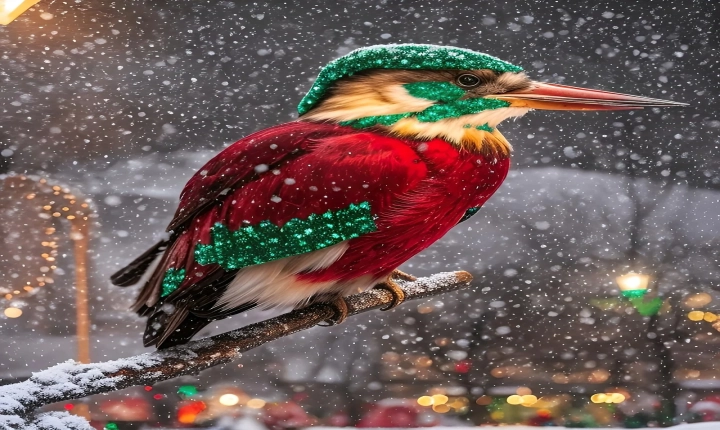Title: Creating Your Own AI Song Cover: A Step-By-Step Guide
In recent years, the use of artificial intelligence in the music industry has continued to grow, with AI being utilized for various tasks ranging from composing music to producing remixes, and even creating song covers. AI song covers, in particular, have gained popularity as they offer a new way for musicians and enthusiasts to explore creative interpretations of well-known songs. If you’re interested in creating your own AI song cover, here’s a step-by-step guide to help you get started.
Step 1: Select a Song
The first step in creating an AI song cover is to choose the song you’d like to cover. It’s important to select a song that you are passionate about and feel a connection to, as this will help guide the creative process. Whether it’s a classic hit or a contemporary favorite, consider the mood and style of the song, as well as how you envision it being reimagined through AI.
Step 2: Gather the Necessary Tools
To create an AI song cover, you’ll need access to AI music generation tools. There are various platforms and software available that are specifically designed for generating music using AI algorithms. Some popular options include Amper Music, AIVA, and IBM Watson Beat. These tools often provide a user-friendly interface and a range of features to help customize the music generation process.
Step 3: Input the Song Data
Once you have selected your AI music generation tool, it’s time to input the data for the song you want to cover. This may include the original song’s melody, chord progression, and tempo. Some AI music generation tools also allow you to input additional parameters such as the desired mood or instrumentation. By providing these details, the AI algorithms can then analyze the input and generate a new arrangement based on the provided data.
Step 4: Customize the Arrangement
After the AI has generated the initial arrangement, you can begin customizing it to fit your vision for the cover. This may involve adjusting the instrumentation, tempo, or overall structure of the song. AI music generation tools often provide options for modifying these elements, allowing for a high level of creative control over the cover.
Step 5: Add Personal Touches
While the AI will assist in generating the musical arrangement, it’s important to add your personal touches to the cover. This may involve recording vocals, playing additional instruments, or incorporating creative effects and production techniques. By infusing your own artistry into the cover, you can further enhance the uniqueness of the AI-generated arrangement.
Step 6: Refine and Finalize
Once the AI-generated arrangement and your personal contributions are combined, take the time to refine and finalize the cover. This may involve adjusting the mix, mastering the track, and ensuring that the overall sound meets your artistic standards. Consider seeking feedback from peers or music professionals to gather valuable insights for improvement.
Creating an AI song cover can be a rewarding and innovative way to explore music creation. By combining the capabilities of AI music generation tools with your own creativity, you can breathe new life into familiar songs and offer fresh interpretations to your audience. As technology continues to advance, the possibilities for AI-generated music covers are bound to expand, providing exciting opportunities for musicians and music enthusiasts alike.
